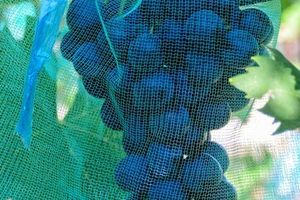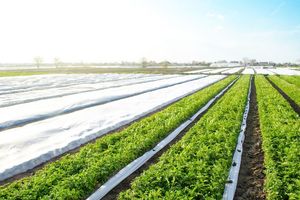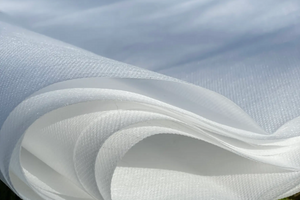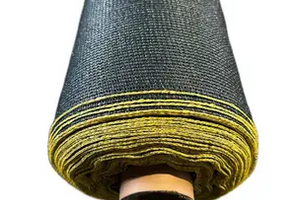Greenhouses play an important role in modern agriculture and horticulture, providing optimal conditions for plant growth and development. One of the key elements that can increase the efficiency of the greenhouse is shading nets.
The main functions and features of shading nets for greenhouses
One of the main functions of shading nets in a greenhouse is to protect plants from intense solar radiation. In periods of strong sun, they create a shadow that prevents overheating of plants and burning of leaves. This is especially important on hot summer days, when the sun can be particularly aggressive and damage delicate plants. Other important functions include:
-
They allow you to regulate the temperature inside the greenhouse, creating more comfortable conditions for plant growth. They reduce heat stress and help maintain an optimal level of humidity, which has a beneficial effect on the health and growth of crops. Such control over the microclimate is especially important for growing plants sensitive to temperature changes.
-
They provide protection against climatic extremes such as hail, strong winds or downpours. They are a reliable barrier that prevents damage to plants and reduces the risk of crop loss due to unpredictable weather conditions.
-
Thanks to shading nets, the crop retains its quality structure and appearance. Plants are not exposed to stress from solar radiation and develop gradually, which results in high yield and product safety.
-
The use of shading nets in the greenhouse helps save energy and water. Thanks to temperature and humidity regulation, water consumption for irrigation is reduced, as well as the need to use air conditioners or air coolers, which saves electricity.
How to attach a shading net to a greenhouse?
You can use special fastening systems for shading nets, which provide reliable and stable fastening. These can be hooks, clips, clamps or fastening tapes, which are easily mounted on the frame of the greenhouse and securely hold the net.
Another method is to use wires or ropes to attach the netting. The wire can be closed around the frame of the greenhouse and tightened with a net, and the ropes can be stretched and fixed on the frame with the help of fasteners. Clamps or rivets can be used for a tighter and more even tension of the net. They allow you to adjust the degree of tension and ensure an even distribution of the load throughout the grid.
When attaching the shading net, it is important to distribute it correctly on the surface of the greenhouse to ensure uniform shading and protection of all plants. It is recommended to check the tension of the mesh and its position after installation.
Features of choosing a net for a shading greenhouse.
It is important to understand how dense the shading net for the greenhouse should be and how it should be chosen in principle. The first step in choosing a shading grid is to determine its type and structure. Meshes can be made of different materials, such as polypropylene, polyethylene or other polymers.
Choose high-strength netting that can withstand atmospheric conditions, including sunlight, wind, rain and snow. The durable mesh will serve you for a long time without losing its protective properties. Consider the required level of light transmission for your plants.
An important parameter when choosing a shading net is its density and shading percentage. The density determines the number of holes in the surface of the mesh, and the shading percentage indicates the amount of light that is transmitted through the mesh.
For crops that need intense sunlight, choose nets with a low percentage of shading. For plants sensitive to solar radiation or during periods of strong sun, nets with a high percentage of shading are best. This will help prevent overheating and leaf burn, as well as reduce heat stress. Such simple tips will help you understand how to choose a grid for a greenhouse.
















